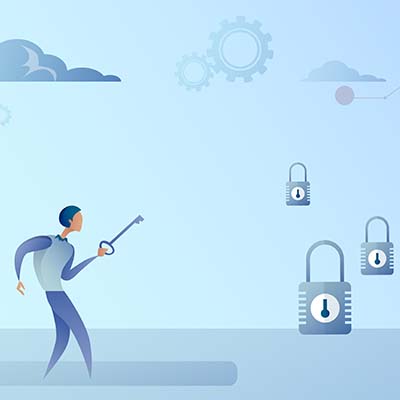
The Pros and Cons of Password Managers
You may read our post on – Top 5 Most Common Passwords – do yours appear in the list?This outlined some big ‘no’ nos when choosing a new password (if you haven’t read it yet, we recommend you do). As some of our clients use password managers (PM), we thought we would build on that by providing you with the pros and cons of using one.
Pros:
- Humans can be unreliable as they can come up with ‘bad’ passwords, forget their passwords, or are genuinely disinterested in security. There is no need to worry about remembering all your different passwords with a PM.
- Using the same credentials for each account is dangerous as it creates one point of failure.
- Good password managers encrypt all your data in case someone hacks the PM software directly; the hacker might get your passwords, but they won’t know to whom the passwords belong.
- PMs can keep you up to date with the latest breaches and advise you if any accounts may have been affected/hacked.
- Can use an offline password manager (not stored on the web/not a web browser plugin).
Cons:
- Single point of failure – if someone gets hold of your master password, they have all your passwords.
- Password manager programs are a target for hackers.
- It’s not easy to log in using multiple devices.
- If the primary password is used/typed/saved on a computer with malware, your main password can compromise all your other passwords controlled by the PM – all your passwords are only as secure as your master password.
- Not all PMs are adequately encrypted, which can render the whole process of setting one up useless.
Perhaps the simplest advice we can give is to have two-factor authentication when possible. Two-factor authentication is a two-step verification that requires another level of authentication along with your password and username. Hence, if someone gets hold of your password, they won’t be able to proceed without entering the next level of authentication. e.g., Google Authenticator or Microsoft Authenticator.
Also, always make sure that your email password is secure and changed often.Computers are always at risk of malware, and at the end of the day, all password recoveries go to your email. If your email is compromised, a hacker can get access to all your accounts by doing a simple password recovery. The only place you should have it written down, if at all, is on a piece of paper kept at a safe location.
Another good idea we’ve come across is to have two notebooks. In one notebook, put your account data and a corresponding serial number. Next to the serial number, write down the corresponding password in the second notebook. Always make sure the second notebook is kept in a safe place in case you forget one of your passwords.
It’s important to mention that there are no silver bullets. No password is ever 100% secure, but there are definitely ways that you can make it harder for hackers to get hold of your password. Common sense goes a long way. Not opening any suspicious links or emails from people you don’t know is always a good start. Ensuring your operating system is continuously updated with the latest security updates is crucial in many cases.
